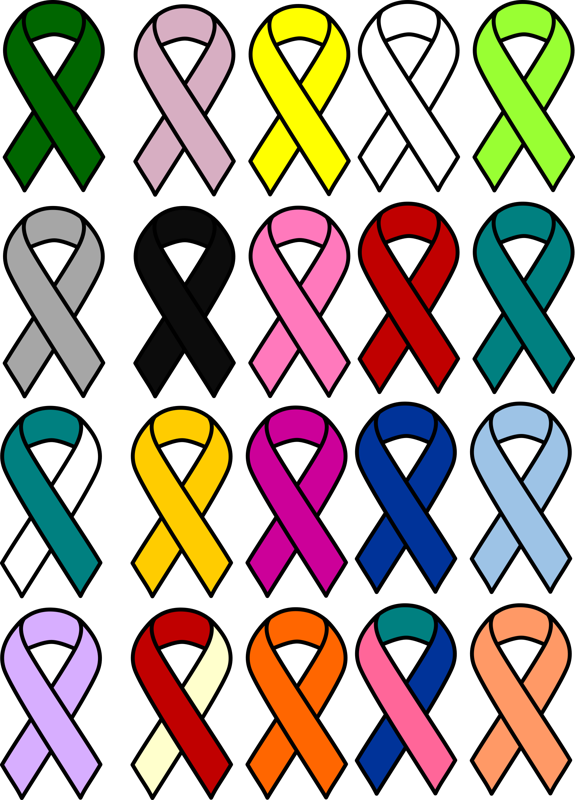
The C word
This is probably one of the most frightening diagnosis of modern times. Many of us live in fear of it. Although there are many other diseases and health conditions which are just as lethal or painful, cancer seems the most fearful because we understand so little about it. Over the years researchers have tried to identify carcinogens but the list is far from reliable and comprehensive.
I remember reading in graduate school, that food heated in a plastic container in a microwave, or food cooked in Teflon coated utensils can cause cancer. I panicked. As a graduate student all my food was heated in plastic boxes in the microwave and non stick utensils were all I had for cooking. Even though I changed over to stainless steel and ceramic, as soon as I could, I couldn't help brooding over the damage that had already been done.
The thing that is so scary about cancer, is that things one uses today thinking they are safe, may turn out to be carcinogens. Even the trusted Johnson's baby shampoo used to (they have changed the formula a little while ago) have small quantities of carcinogens in it, whose cumulative effect is not really known.
However this article will focus on cancers that particularly plague women.
Breast cancer
This is a big one. Data collected in the US shows that it affects over 10 percent of women. But the good news is that with stage one breast cancer chances of recovery are good and even with stage two breast cancer the 5 year survival rate is about 86%. So the key is early detection. Monthly breast self exams, yearly check ups with your gynecologist and mammograms over the age of 45 help detect breast cancer in the early stages so it can be treated effectively. These precautions are important in all women, because less than 15% of women diagnosed with breast cancer have a family history of breast cancer.
Gynecological cancers
This website lists all the gynecological cancers, of which I will discuss a few.
Cervical cancer
Screening through Pap tests significantly reduces the prevalence of this cancer as preventive treatment can be administered. Cervical cancer is typically caused by various strains of the human papillomavirus (HPV) for which a vaccination is now available. Smoking too increases the risk of cervical cancer. This article gives detailed information about cervical cancer.
Ovarian cancer
Only 19% of cases of ovarian cancer are diagnosed in the early stages as there are usually no symptoms for a long time and even when they do show up they are vague and could be mistaken for gastroenteritis. However, fortunately, ovarian cancer is relatively uncommon.
For more information on ovarian cancer click here.
Uterine cancer
This is also known as endometrial cancer, and is often detected in the early stages as it causes abnormal vaginal bleeding for which most women visit their doctors. Obesity is an important risk factor for this disease. If detected in the very early stages when the cancer is still local the 5 year survival rate is 95%. Approximately 2.8% of women will be diagnosed with uterine cancer in their life time.
For more information of uterine cancer read here.
Lung Cancer
Lung cancer accounts for 12% of cancer cases among women and a woman's odds of getting lung cancer is 1 in 17. Although less prevalent than breast cancer lung cancer is far more deadly. And though smoking is the biggest risk factor for lung cancer, according to this article, there has been a significant number of cases of lung cancer among non smokers, possibly because women's lungs are more susceptible to second hand smoke and estrogen fuels cancer cells.
Colon cancer
Colon and rectal cancers account for 8% of all cancers and cancer deaths in women. A woman's odds of getting colon cancer is 1 in 24. This site discusses the signs and symptoms of colon cancer which is one of the more preventable cancers, through regular screening. This post shares the story of 4 women colon cancer survivors.
Thyroid cancer
Thyroid cancer accounts for 5% of all cancers in women and is three times more common among women than men. Low iodine intake and radiation exposure are some of the risk factors for thyroid cancer that can possibly be controlled.
Most thyroid cancers are curable. Since thyroid cells are unique in the human body, in their ability to absorb iodine, thyroid cancer is treated using radioactive iodine which does not harm the rest of the body.
Take away
I have discussed some cancers that are either unique to women, or among the top cancers that affect women. This article is not meant to make you despair or feel depressed. The idea here is to spread awareness, so we can be alert about symptoms and get regularly screened for breast, cervical and colon cancers to minimize the damage they cause and in case of other cancers be aware of risk factors, so as to minimize our chances of developing the cancer.
I am thrilled to be participating of the A to Z blogging challenge 2018.
